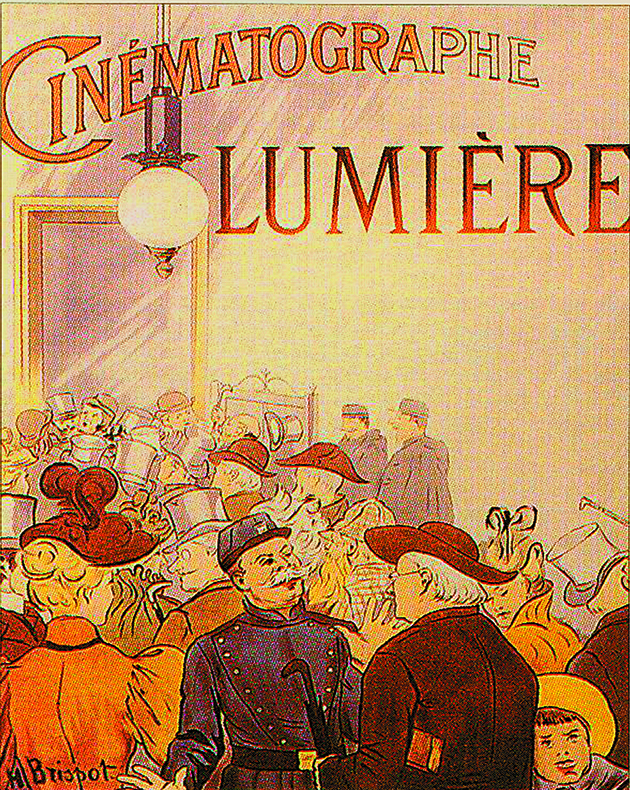OPTICAL TOYS
Optical toys. Since 1676, when the English physicist and mathematician Isaac Newton presented his work on the additive synthesis of color and retinal persistence, both phenomena became a source of inspiration for the design of optical toys.
Based on the first of these principles, spinning tops and wheels with interchangeable discs were built, both as optical toys and for use in academic and experimental demonstrations. When rotating, they produced the most varied mixtures of color. This is how Newton’s disc came to light, which, when rotated rapidly, produced the color white by adding the colors arranged on its visible face.
THAUMATROPE
One of the most popular and representative optical caprices of the 19th century is the thaumatrope, whose invention has been attributed to John Ayrton Paris in 1825.
The thaumatrope consisted of a cardboard disk with a different image on each of its sides, which, when rotated rapidly by means of strings, threads, or rubber bands, produced the superimposed vision of the two images.
The uniqueness of the thaumatrope lay in the fact that it did not try to create the illusion of movement from static elements, but precisely the opposite: it managed to produce the impression of something static from dynamic elements.
Those who did try to obtain the illusion of movement from a series of drawings were Joseph Plateau and Simon Stampfer, when they simultaneously designed, in 1832, the phenakistiscope and the stereoscope, both based on the experiments carried out by Michael Faraday on the phenomenon of retinal persistence.
This quality, attributed to visual perception, refers to the property of the retina, by which, when receiving and transmitting to the brain, through the optic nerve, information about changes in luminosity, it secretes a substance that decomposes according to these changes and regenerates almost simultaneously.
PHENAQUISTISTISCOPE
It is precisely this small interval of time, about a twelfth of a second, which causes a very brief interruption of vision, making it possible for still images representing slight variations in a movement, passing at a rate of more than twelve per second in front of the human eye, to be perceived without interruption.
Aware of these experiments and interested in calculating the persistence times of images on the retina, Joseph Plateau designed a first model of phenakistiscope, which consisted of a single cardboard disk of about 25 cm in diameter, divided into sixteen equal parts, each of which had a slit and a drawing on the peripheral segment, corresponding to a phase of an action.
A central axis made the disk rotate, and it was observed reflected in a mirror through the slits; when the disk rotated, the whole thing seemed motionless, but the figure slowly executed the movement in question.
ZOETROPE
For his part, the English mathematician William George Horner built the daedaleum in 1834, a new device for the recreation of movement that arranged its sequence of images on a longitudinal support. Also known as the devil’s wheel, wheel of life, magic drum and, above all, zoetrope, because most of the drawings he used represented animal movements.
It consisted of a hollow cylinder with vertical slits at the top, inside which was placed a strip with drawings, placed at the same distance between them as that between the slits of the cylinder. This support was installed so that the drawings were between the slits, so that, when turning the cylinder and looking through its slits, each one of them was perceived for a small fraction of time through the diametrically opposite slit.
The zoetrope did not offer any technical innovation with respect to the Plateau mechanism, since it repeatedly showed the illusion of the movement of an action, but it had the advantage of being more manageable and allowed several spectators to look at it at the same time, placed around its perimeter.
As with the phenakistiscope, it also had multiple modalities and variations in the number of slits and drawings printed on its bands; There were even miniature drums with only four images arranged in a cross, in which the sensation of fluidity of movement was lost, as large ellipses were introduced into the action between each phase.
PRAXINOSCOPE
Years later, the Frenchman Emile Reynaud introduced a series of modifications to the zoetrope, until the slits were replaced by the convenience of a small straight straight prism, whose twelve faces were mirrors and which was to be placed in the center of the apparatus, around the axis of rotation.
As each mirror reflected a drawing, the spectator looking over the edge of the cylinder saw only one complete figure move, the one situated exactly opposite him, which was reflected in the corresponding mirror.
Reynaud gave his invention the name of praxinoscope, presented it in 1877 to the French Academy of Sciences and immediately marketed it as “an optical toy that produces the illusion of movement”. Based on a new combination of optics, the praxinoscope animates drawings without losing their delicacy and colors.
The praxinoscope was the first of the cylindrical mechanisms to exploit the principle of animation by reflection of several images in as many prismatic mirrors, combining procedures previously used by anamorphosis and the zoetrope. From the latter he also took the printed paper strip that serves as a support, composed in the praxinoscope of twelve drawings on a light background, and the inspiration for its motifs.
From the book “artilugios para fascinar” Junta de Castilla y León 1999.

